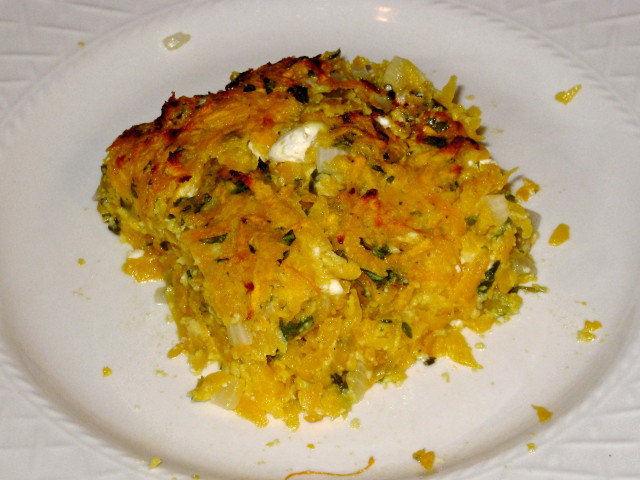
The butternut squash has been featured before on this blog, in the very famous, but elaborate recipe about the butternut squash ravioli. I just quote from that blog the few words about the humble star of the dish. Butternut squash (Cucurbita moschata), also known in Australia as Butternut pumpkin, is a type of winter squash. It has a sweet, nutty taste that is similar to pumpkin or sweet potato. It has yellow skin and orange fleshy pulp. When ripe, it turns increasingly deep orange, and becomes sweeter and richer. It grows on a vine.
The most popular variety, the Waltham Butternut, originated in Stow, Massachusetts, on what is now the Butternut Farm Golf Club. Furthermore the squash is a very nutritious with low calories food. It is is sweet and buttery and when you cut the aroma reminds you more of, watermelon or melon than squash. As you can see from the panel next, there are only 45 calories per 100 grams, which is about 500 calories for a whole squash. It is very rich in vitamin A and C. It is also rich in dietary fibers… you know nature’s broom. An average squash varies in size and shape but a medium is about 2 lbs (1000 grams) Estimating the whole dish in about 1600 calories that yields at least 4 servings (400 calories/serving). So it is a light dish that is low in calories (if you stick in the serving size) and it is very big in flavor.

Let’s get starting with the ingredients. This dish will require:
- One average squash
- 1/2 lb feta cheese (the one made with the sheep milk)
- 1 small onion
- 2 eggs
- 1/3 of semolina flour
- 2 tbsp olive oil
- A spring of parsley
- Salt and pepper
Yes that is all you need. The feta is the major addition of calories (720 calories) but you should not skip it or substitute it. If you really really want to substitute it, use a cheese with very sharp flavor.

Start by cutting the bottom and…

the top of the squash.

And peel it. I use a vegetable peeler. It is strictly recommended since the hard peel will be tough to peel with a knife. Make sure you take it around a few times so you get rid of all the layers of the skin and the green veins that are underneath.

Cut it in half lengthwise.

With an ice cream scoop seed the squash. You can use your hands of course but there is a relatively thick slimy membrane that is hard to remove and a spoon or a scoop will make it much much easier.

Prepare the onion by peeling it.

Frenching it.

And dicing it.

Quarter the squash and use a box grader to grade it. You can of-course use a food processor but be aware of the cleaning part whch is tedious. If, however, I need to make large quantity I use unavoidably the food processor. But for one squash, I can get away with the box grader. If you use the box grader protect your fingers! A part of the squash will be used as handle which you cannot really cut without injuring yourself. So leave them and just use your knife to cut them.

The end pieces of the squash can be run through the knife to chop them and through them to the mix.

Take the Feta cheese and dice or crumple it. Use the one with the sheep milk.

I prefer dice since it is more uniform but the crumbling makes it more rustic. It is up to you. Cut it vertical (twice) and horizontal to make a nice dice.

Just like this.

Finally chop the parsley.

Put everything in a bowl.

Add the eggs (x2)

And mix with your hands. Can ‘t get out of it… It is a thick bater and you have to get your hands dirty. If you are feeling disgusted by the raw eggs, do it and get on with your lives. It is not a big deal.

Add the olive oil

the semolina flour, and finally some…

PEPPER. At this point I should mention that the salt should be used very cautiously since the feta is already salty enough. Now I can eyeball it so I by sampling the feta, I can tell how it tastes, and I add accordingly the salt. A trick I used to use the early ages, is to take a small part of the batter and fry it. taste it and determine how salt it is required. That ‘s were the mixing becomes crucial.

Olive up a baking dish and…

pour in the bater.

Flatten it it.

And bake it in 400 F oven for about 45 min or until the internal temperature reaches 200 F.

It will have just start forming a nice crust on top. You can brown it a bit further if you like.

This is actually the finished food, and it is only half of the suggested serving size (200 kcal only!).
Epilogue: I just want to say that this a very versatile dish. You can use any squash you like or you can find and even zucchini! You can use it in a pan as this, you can put it in a pie crust (you will need to add half cup of cream for that), make little balls and fry them (add an extra egg, super delicious), or use it as a filling for another squash as we did in a previous post.


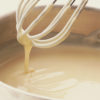

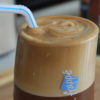
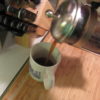
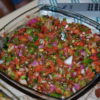
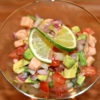
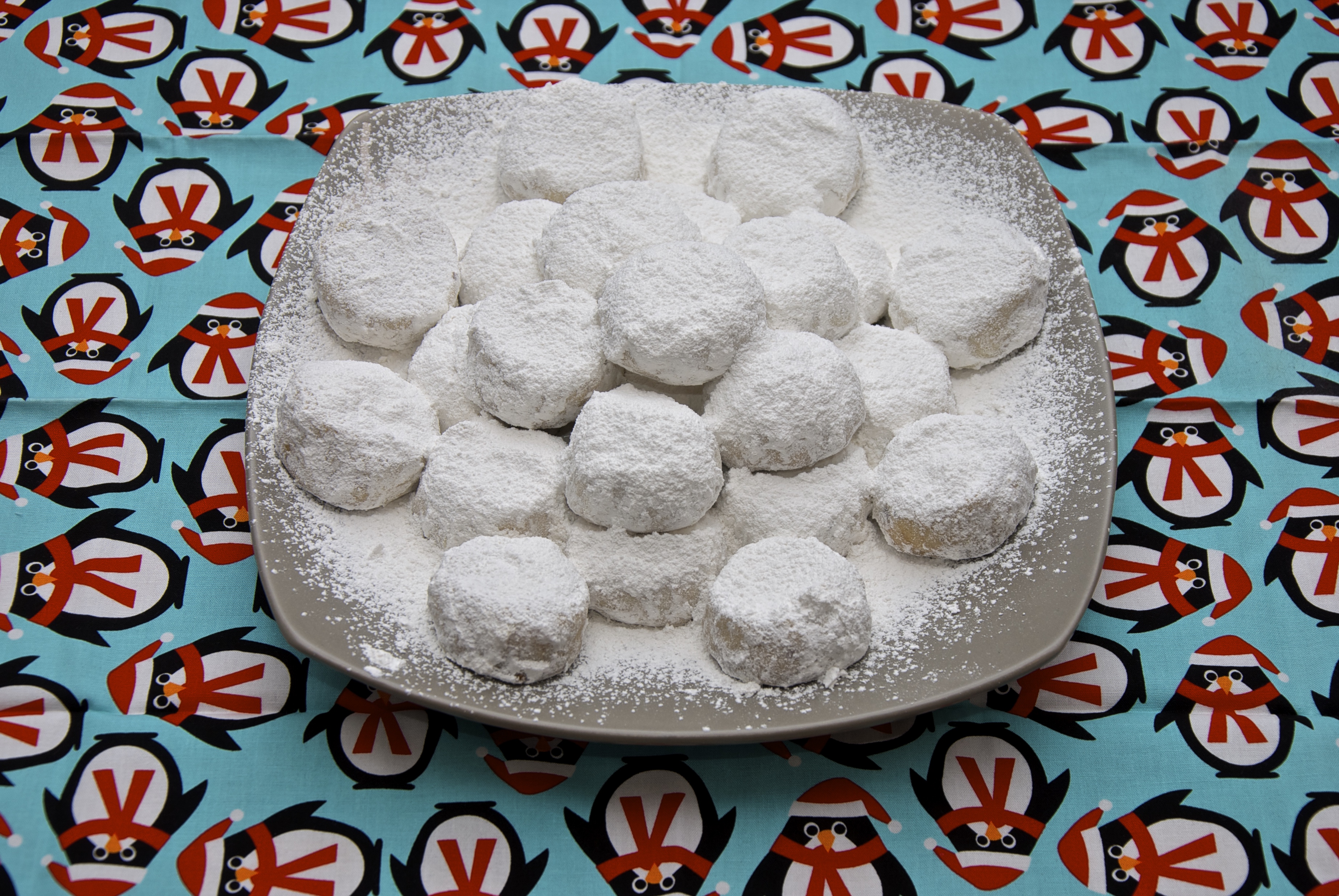
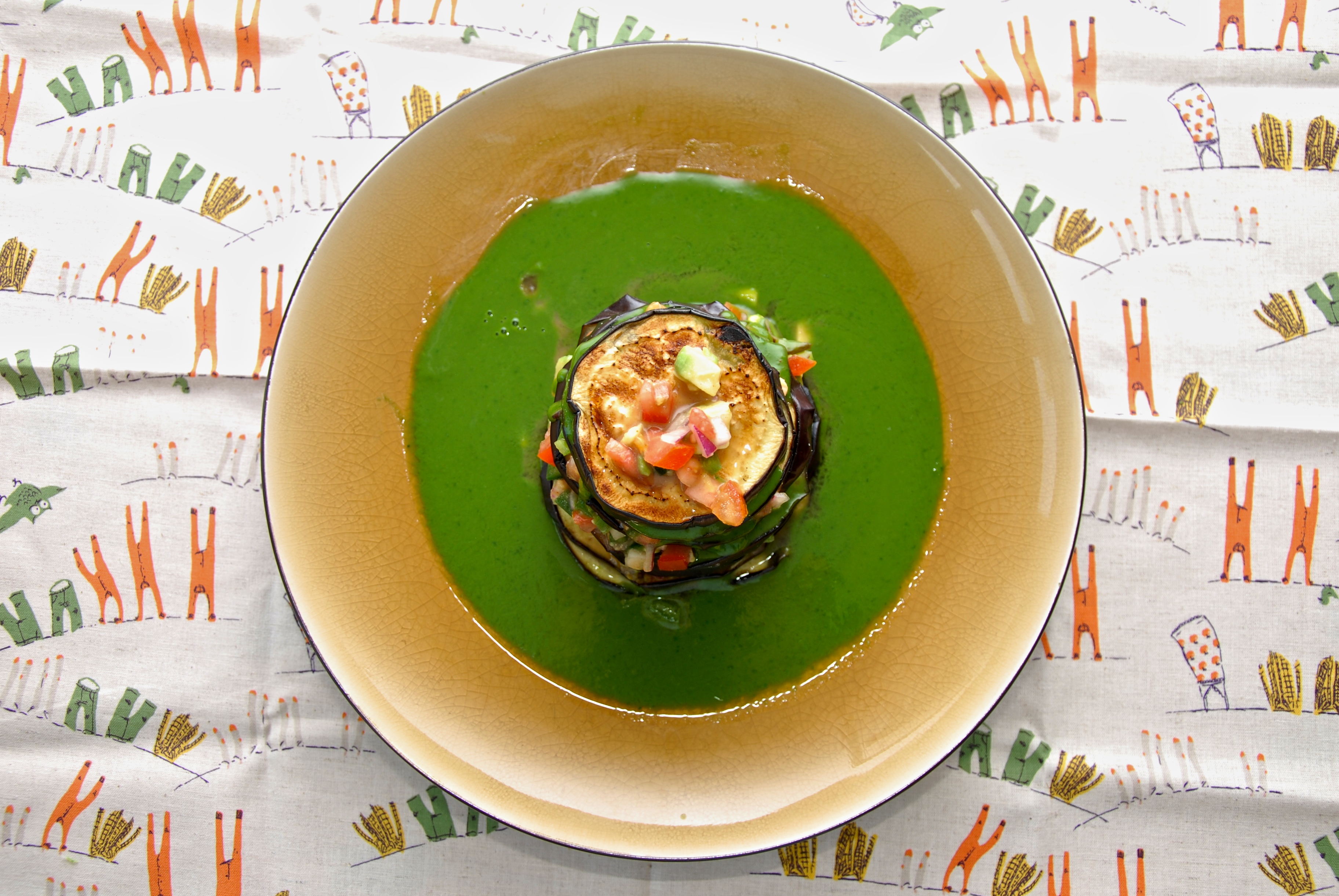
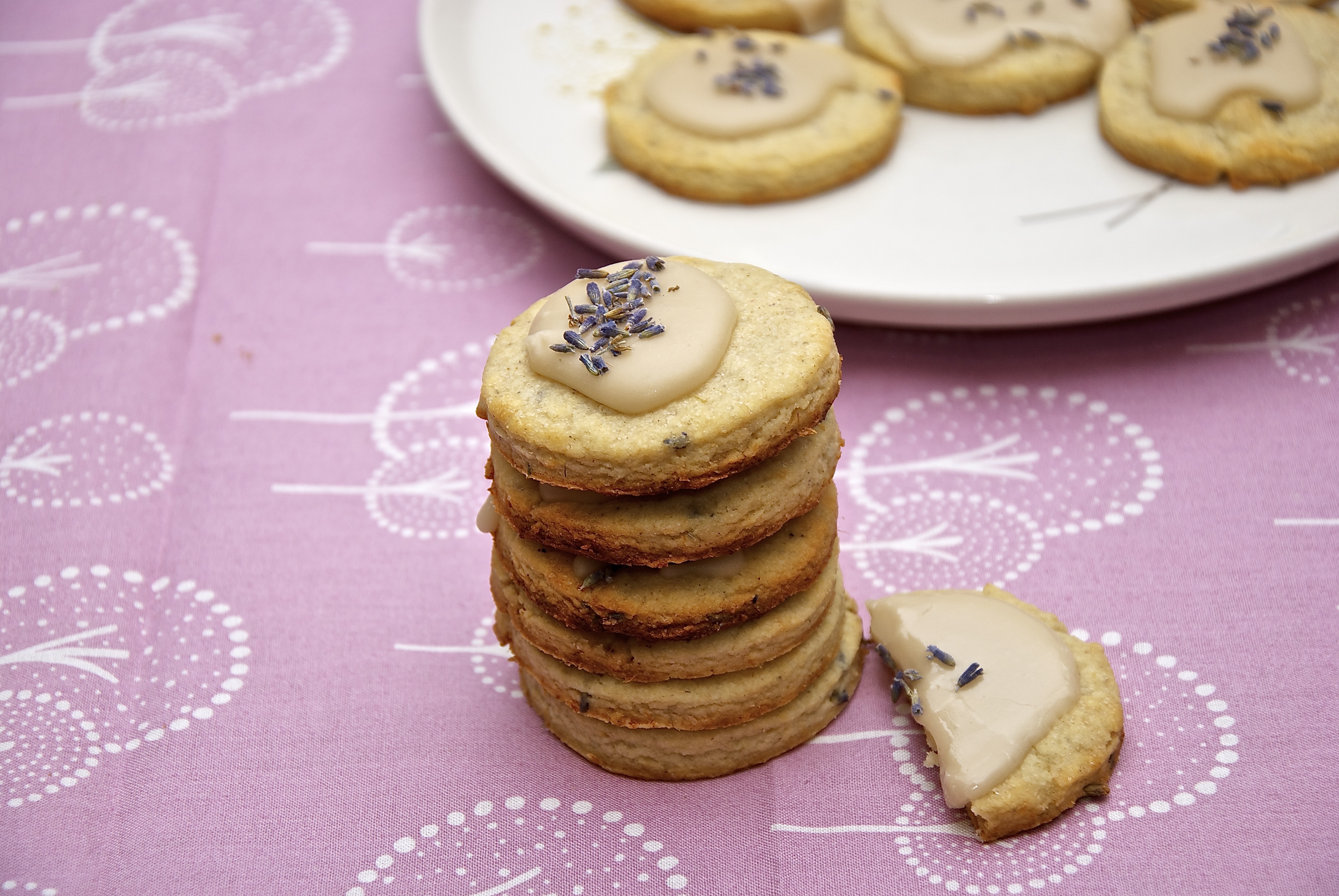
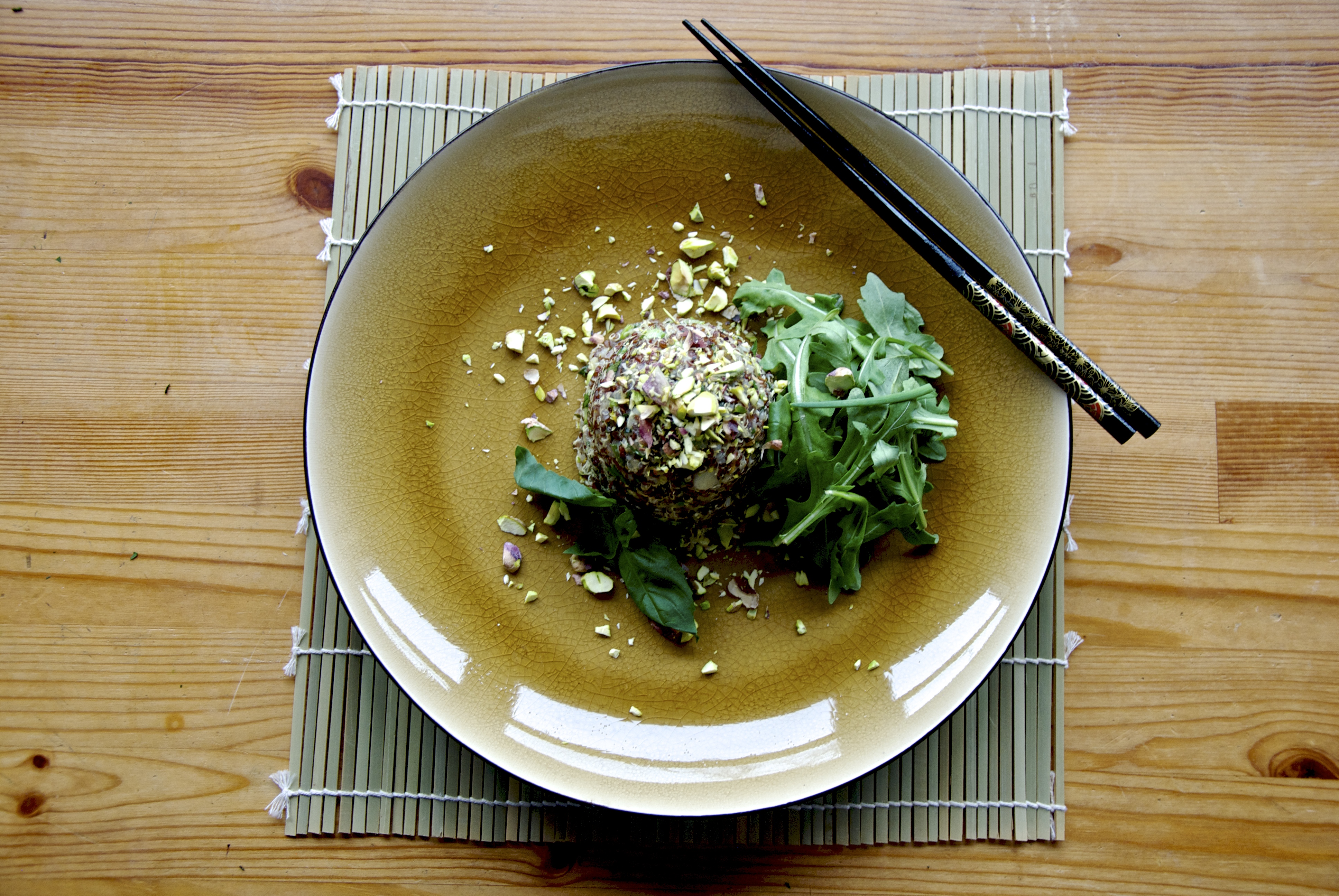
Leave a Reply